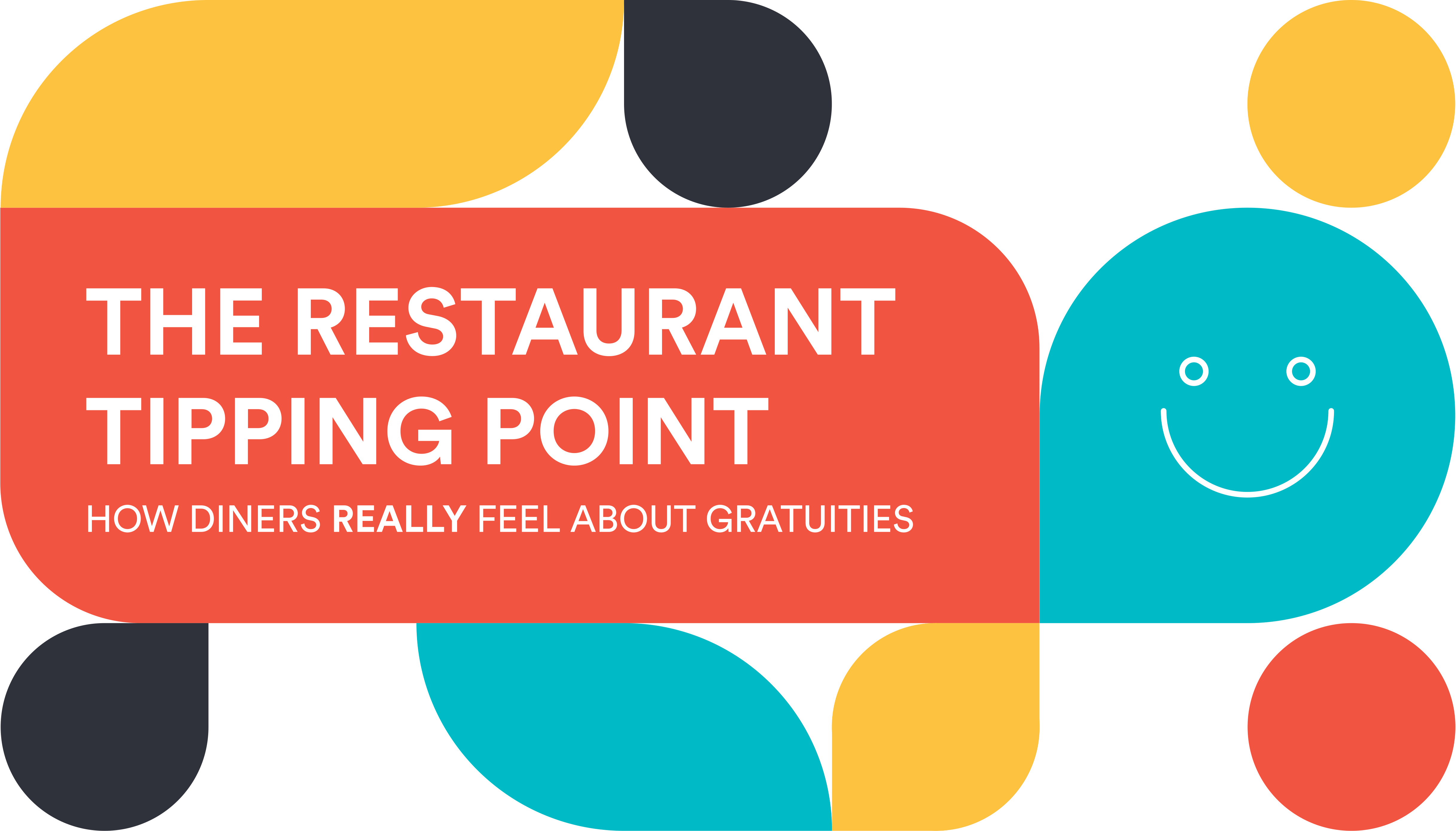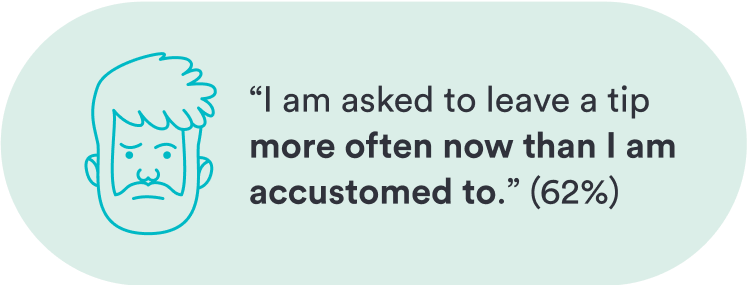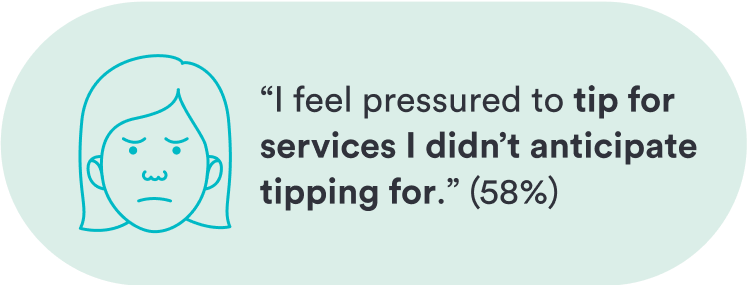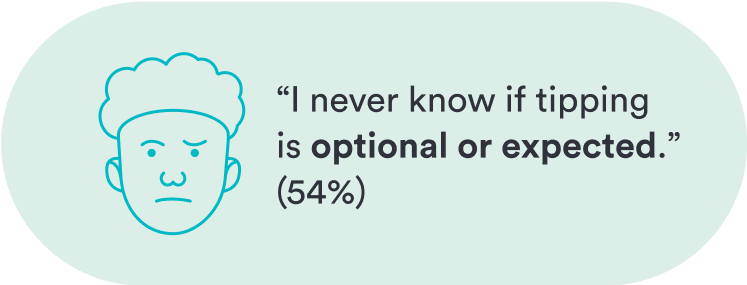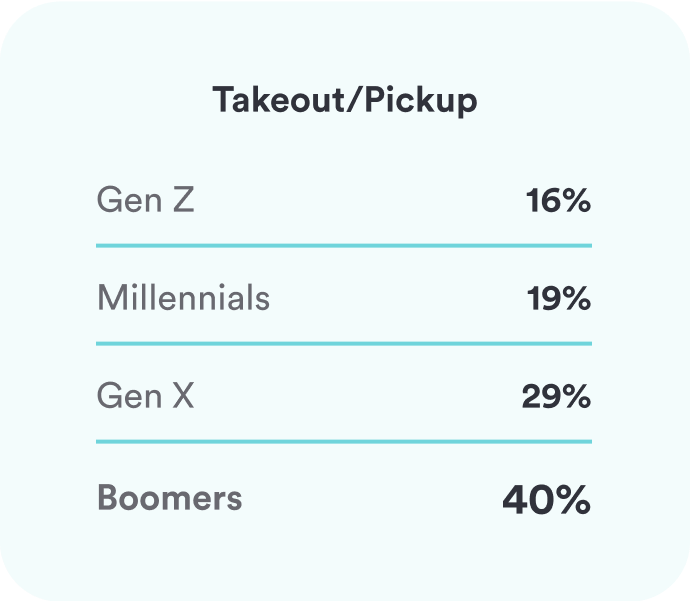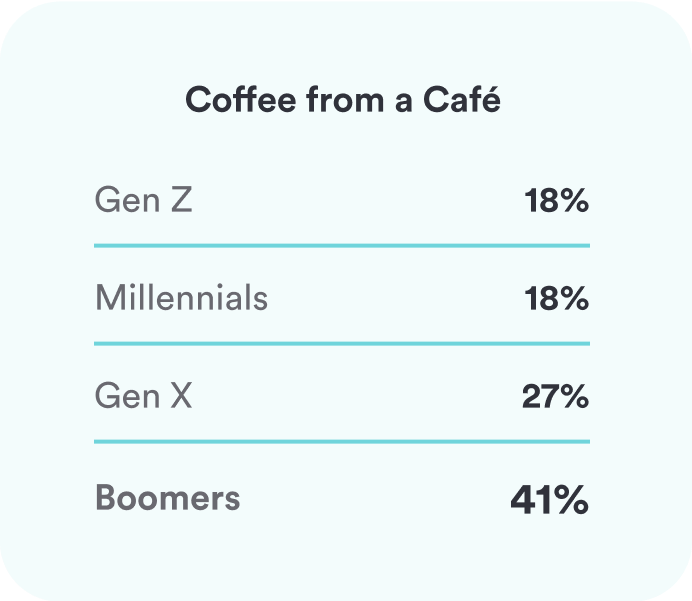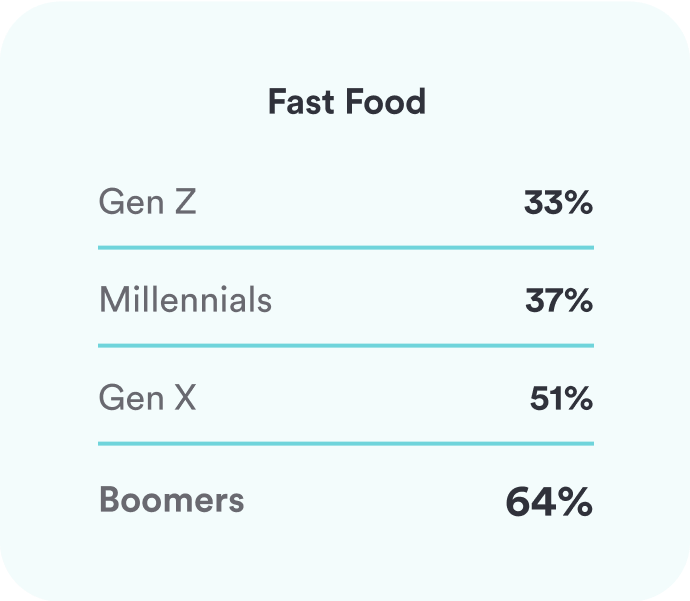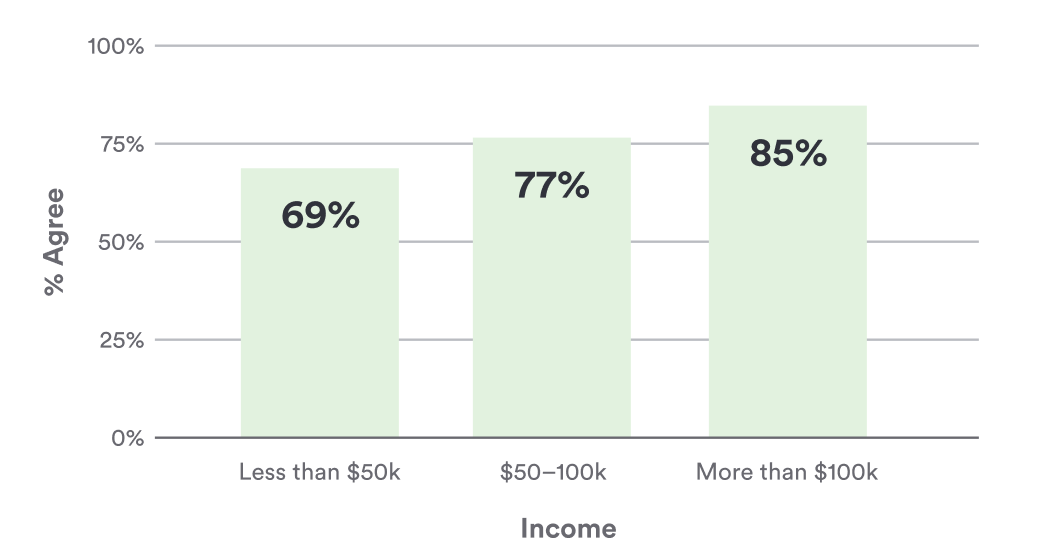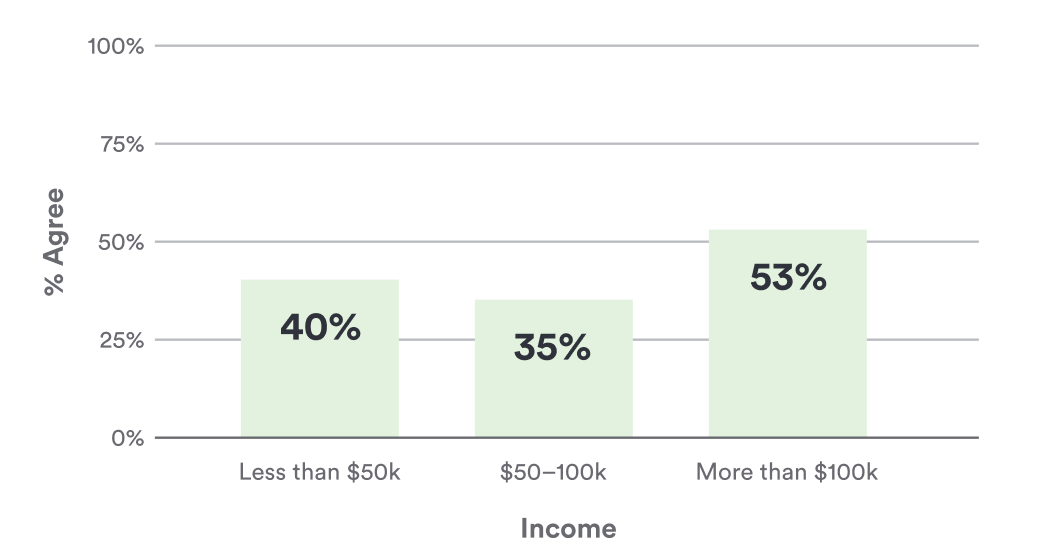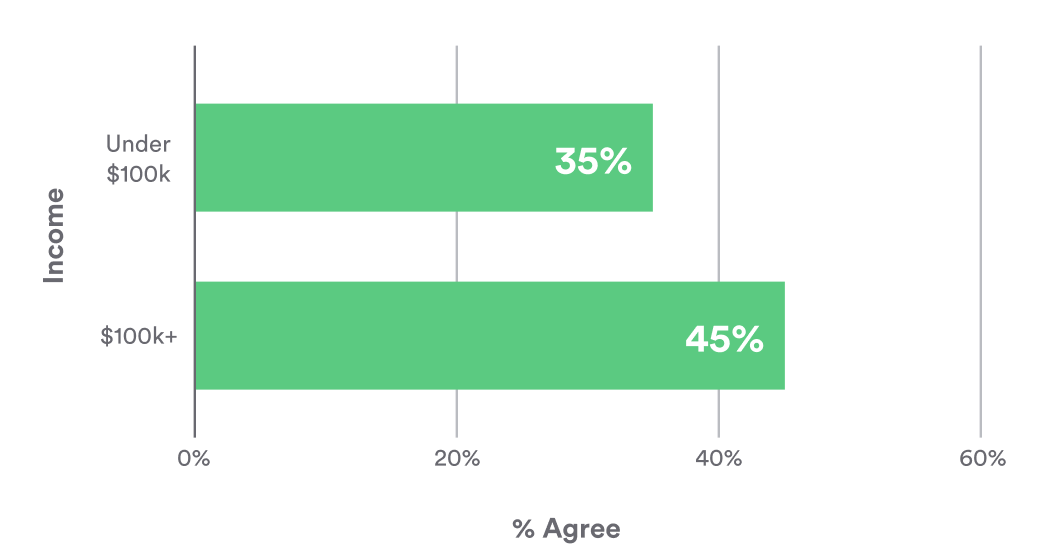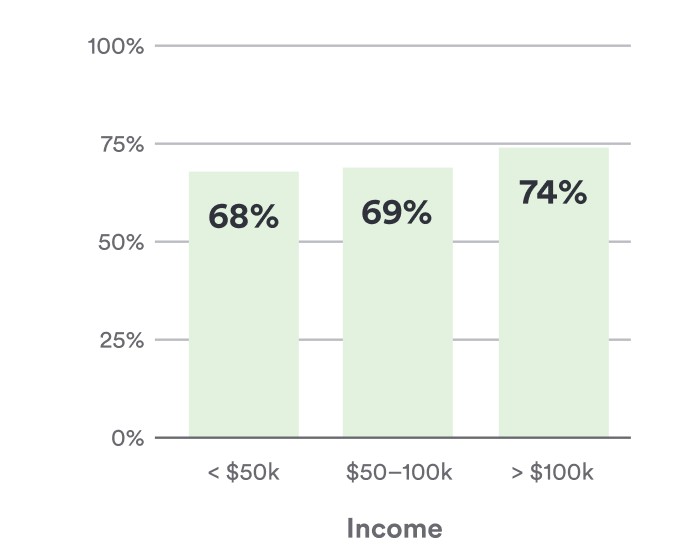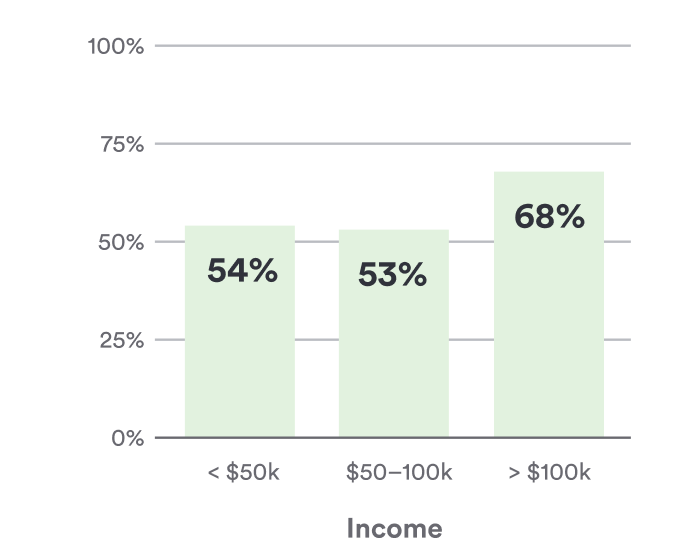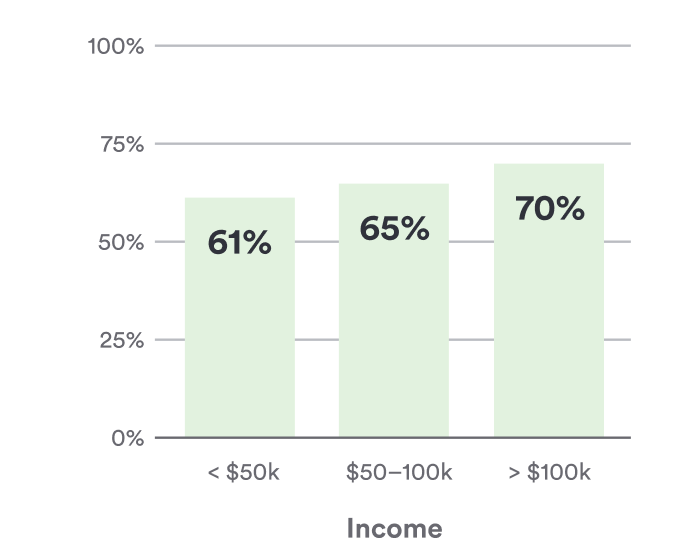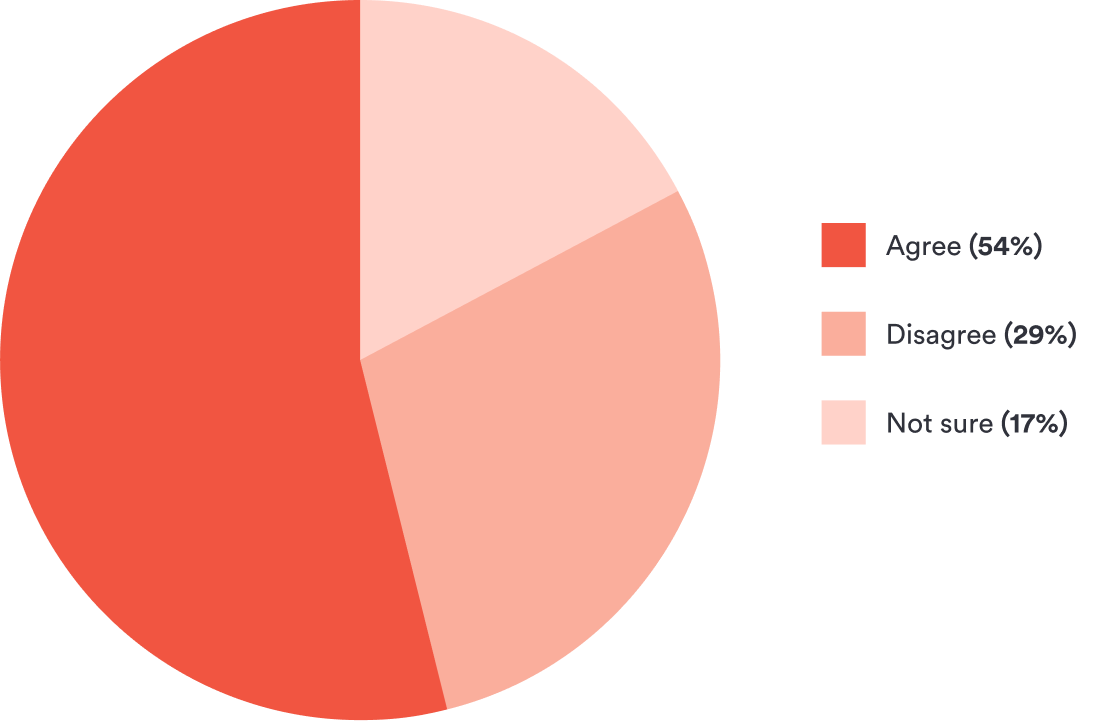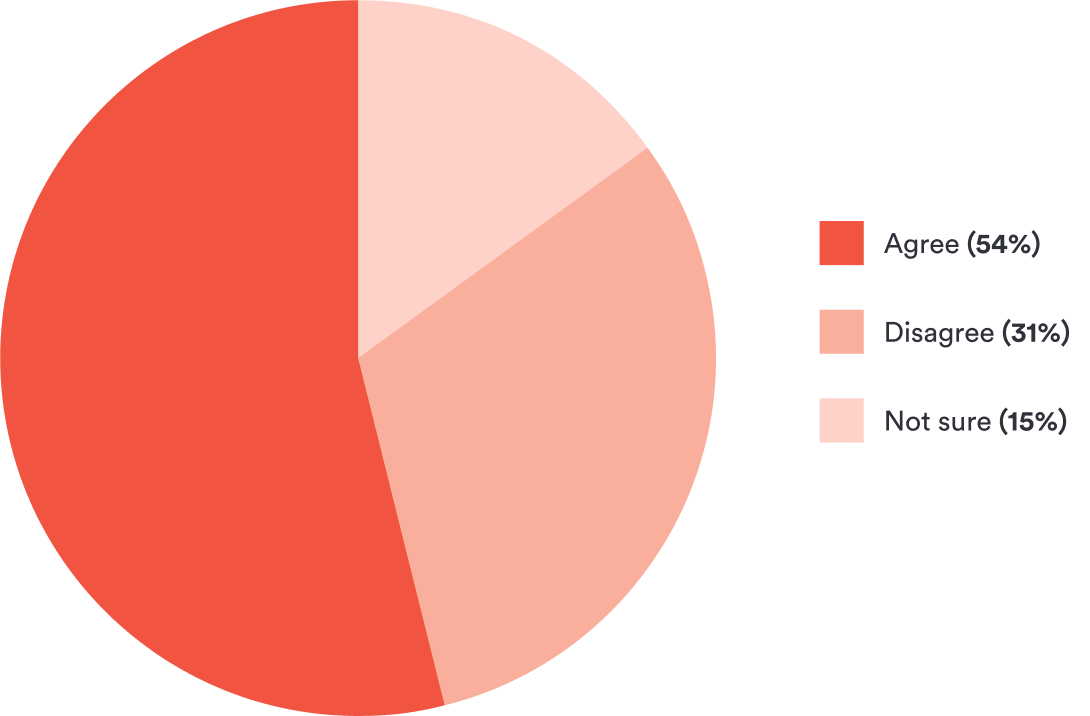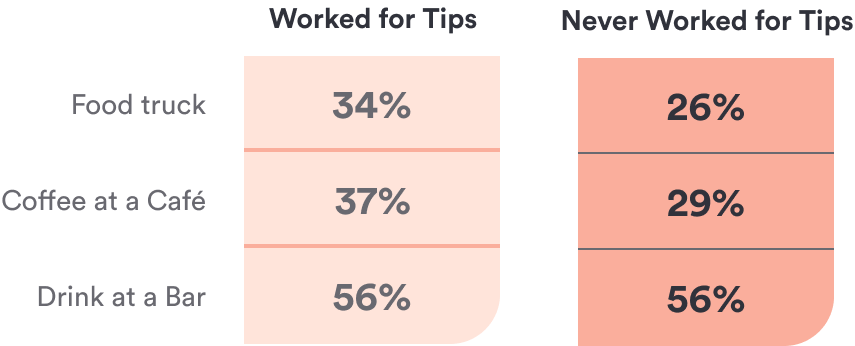The State of Restaurant Tipping 2023
Are diners tired of tipping?
It’s an important question to ask. Over the last decade, many restaurants have tried to replace tipping with higher prices and automatic service fees. But the brutal economics of the business, compounded by the pandemic, have led to, if anything, an expansion of the practice.
To understand the changing face of restaurant tipping, BentoBox asked more than 2,500 U.S. diners how they really feel about it.¹
The bottom line? Tipping is all about putting diners in control. That’s what they prefer… even if they don’t admit it.
Do people like tipping?
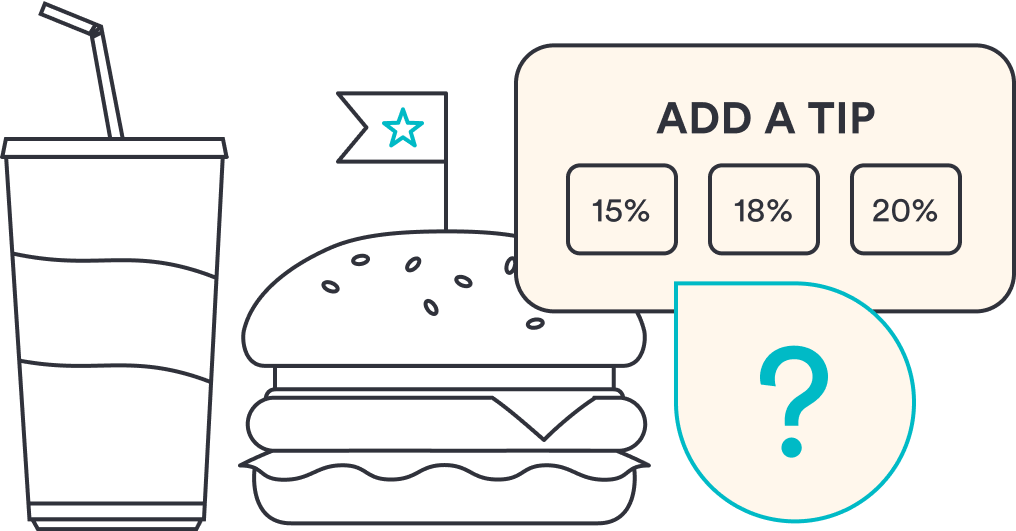
They’re used to it, that’s for sure. Strong majorities report a willingness to tip for nearly every type of food transaction. But changing expectations are confusing diners — and may be souring them on tipping.
of diners feel “too many places are asking for tips these days.”
What does (and doesn’t) deserve a tip
Diners are open to tipping in many situations, provided service is adequate. A majority of respondents said eight of these nine types of food purchase at least sometimes “deserve” tips.
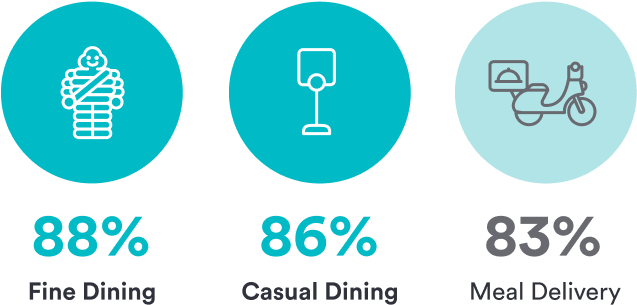  | 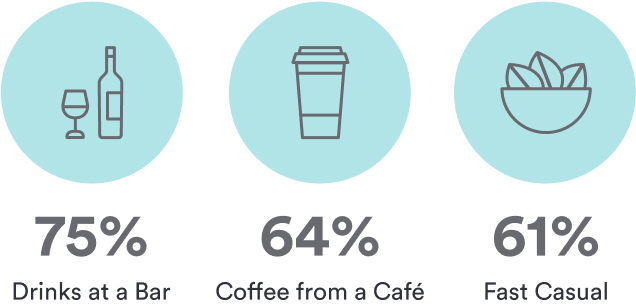 | 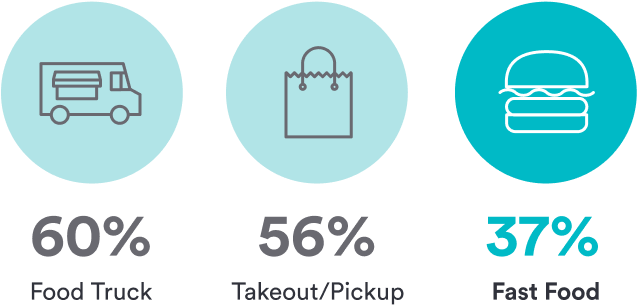  |
How much diners tip
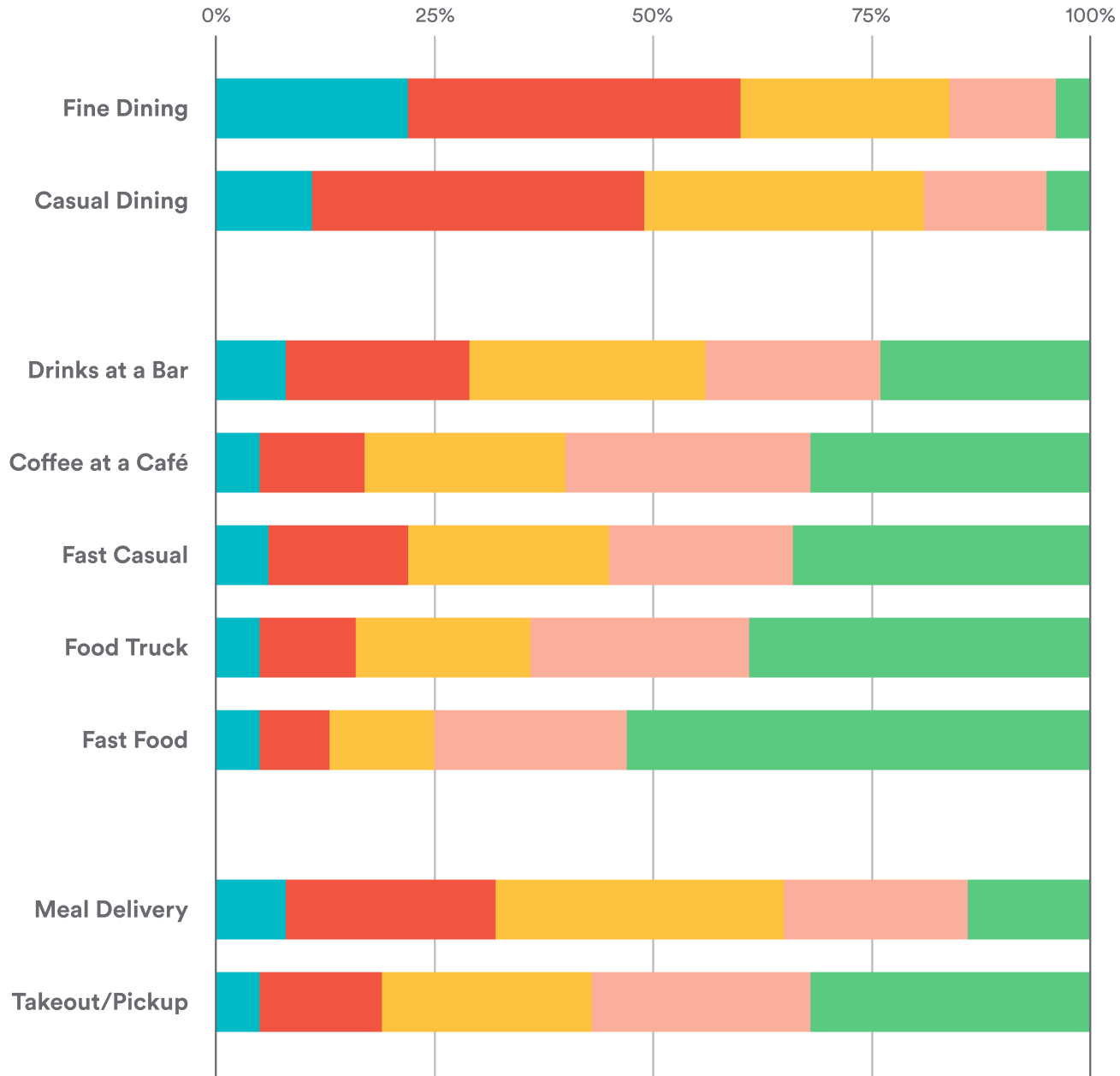

Full-service restaurants
Tipping is standard at full-service restaurants, with 58% of fine diners and 63% of casual diners giving between 10–20%². One in five fine diners tip more than 20%, compared to one in ten casual diners.
Counter service
With the exception of drinks bought from a bar (tipped 77% of the time) diners seem to tip based on the quality of the product. Cafés, with their artisanal ambiances, get tipped on 67% of transactions. Fast food, only 47% of the time.
Takeout and delivery
Maybe the most visible evidence of tip creep can be seen in the similarity between these two types of purchases. Roughly the same proportion of diners tip up to 15% whether the food was brought to them or not: 47% for delivery and 43% for takeout.
Tip creep has diners… confused
Perhaps because of a strong willingness to tip, diners are being asked to do it more and more.
It’s having a negative effect on diner sentiment.
Demographic Breakout: The generation gap
Tip creep is a generational phenomenon.³ The older the diner, the less likely they are to tip for conventionally untipped services or tolerate automated tipping.
“I do not usually tip for…”
“I do NOT like using the automated tip prompt at…” | 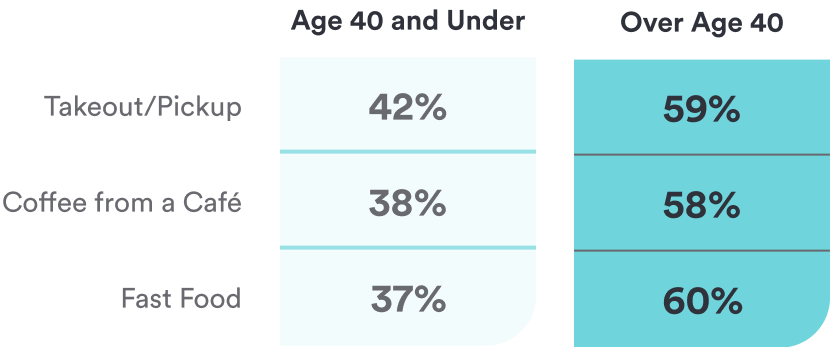 |
What is tipping good for?
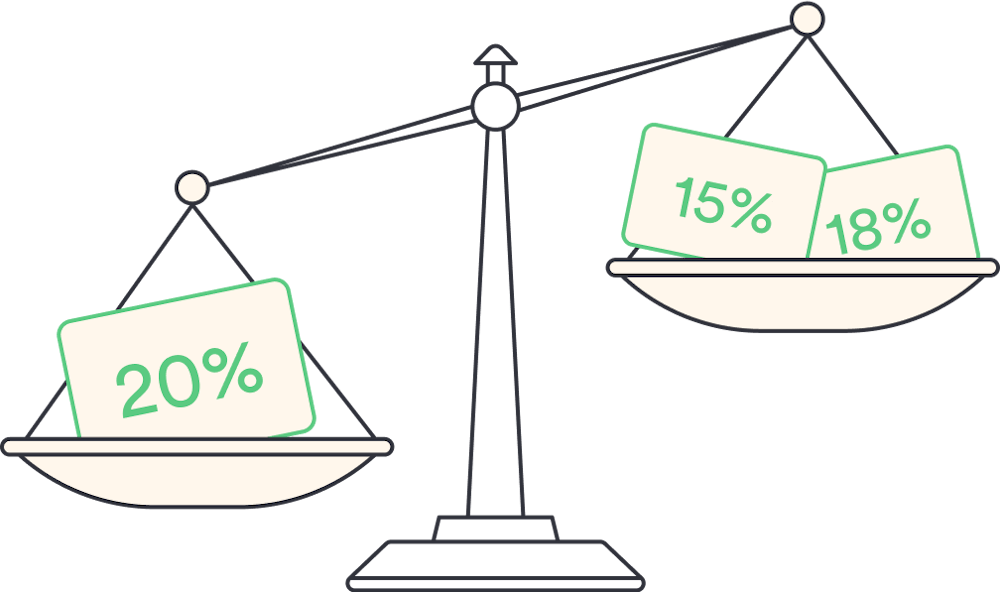
Diners report negative feelings on tipping as an idea, but they enjoy the control it gives them. This puts a tension at the heart of tipping: diners quite like exercising a power that, maybe, they feel they shouldn’t have.
of diners say they would not miss tipping if it were gone.
Diners think they don’t like tipping…
Three-quarters of diners like the feeling of paying employees, but the same amount say they would prefer to replace tipping with higher base pay.
Percentage of diners who agree: | 76%“I enjoy tipping because it contributes to a living wage for service employees.” | 74%“Establishments should pay their staff a living wage instead of asking patrons to tip.” |
One reason diners might be conflicted about tipping: two-thirds do not see it as discretionary.
Percentage of diners who agree: | 68%“Tipping is a mandatory practice at a full-service restaurant.” | 62%“The expected tip amount has become too expensive.” |
…but diners do like being in control
Strong majorities of diners believe tipping drives better service and flexibility. That, they do like.
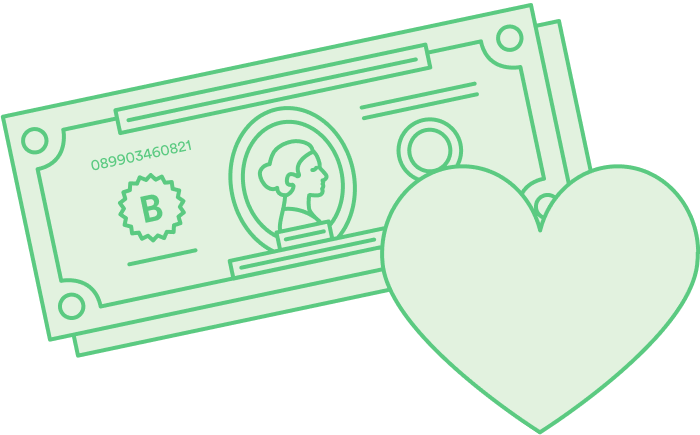
"I enjoy tipping because…
...It rewards good service.” (80%)

...I can choose to tip less if my finances are stretched.” (73%)

...Tipped workers are more accommodating to my needs than non-tipped workers.” (63%)

...The practice of tipping leads to better service overall.” (69%)

...A small tip is a good way to reprimand tipped employees for poor service.” (56%)
Demographic Breakout: Income level
Nowhere is the internal conflict about tipping more pronounced than when we break out the above sentiments by income level. High earners are the most adamant that tipping should be replaced, but also the biggest fans of the leverage tipping provides.
High earners want to replace tipping...
“I think establishments should pay their staff a living wage instead of asking patrons to tip” | “I would be more likely to patronize a restaurant if I found out they replaced tipping with automatic gratuity” |
What is your preferred method of determining the tip amount?
“Choosing the amount on my own” | “Having the restaurant add an adequate percentage to the bill” |
…even though High Earners enjoy tipping the most.
“The practice of tipping leads to better service overall.” | “A small tip is a good way to reprimand tipped employees for poor service.” | “Tipped workers are more accommodating to my needs than non-tipped workers.” |
Automated tipping: Hot or not?
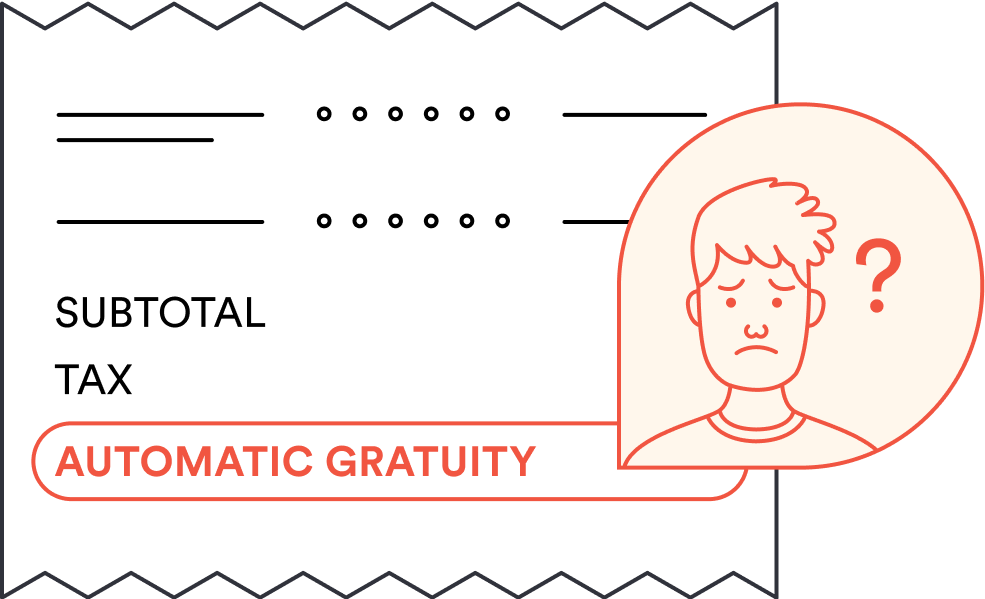
Given that diners do not particularly like tipping apart from the control it provides them, it’s no surprise that automated tipping, which expands tipping while reducing control, is broadly unpopular.
of diners have encountered automated tip prompts.
Diners prefer to determine their own tips
56% of diners want to choose the tip amount on their own, but nearly half calculate the amount by doing math in their head — creating an opportunity for automation to help.
What is your preferred method of determining the tip amount?

How do you most commonly calculate the tip?

Diners have strong feelings about not having control
We asked diners about two kinds of tipping automation. Automatic gratuity adds a predetermined percentage to a full-service restaurant bill. Automated prompts provide a range of tip options for diners to select.
Not surprisingly, diners have significantly stronger views on the one that takes away their ability to determine the tip. When automation still leaves the choice in their hands, diners largely don’t mind.
Are you more or less likely to visit a restaurant if you know they have…
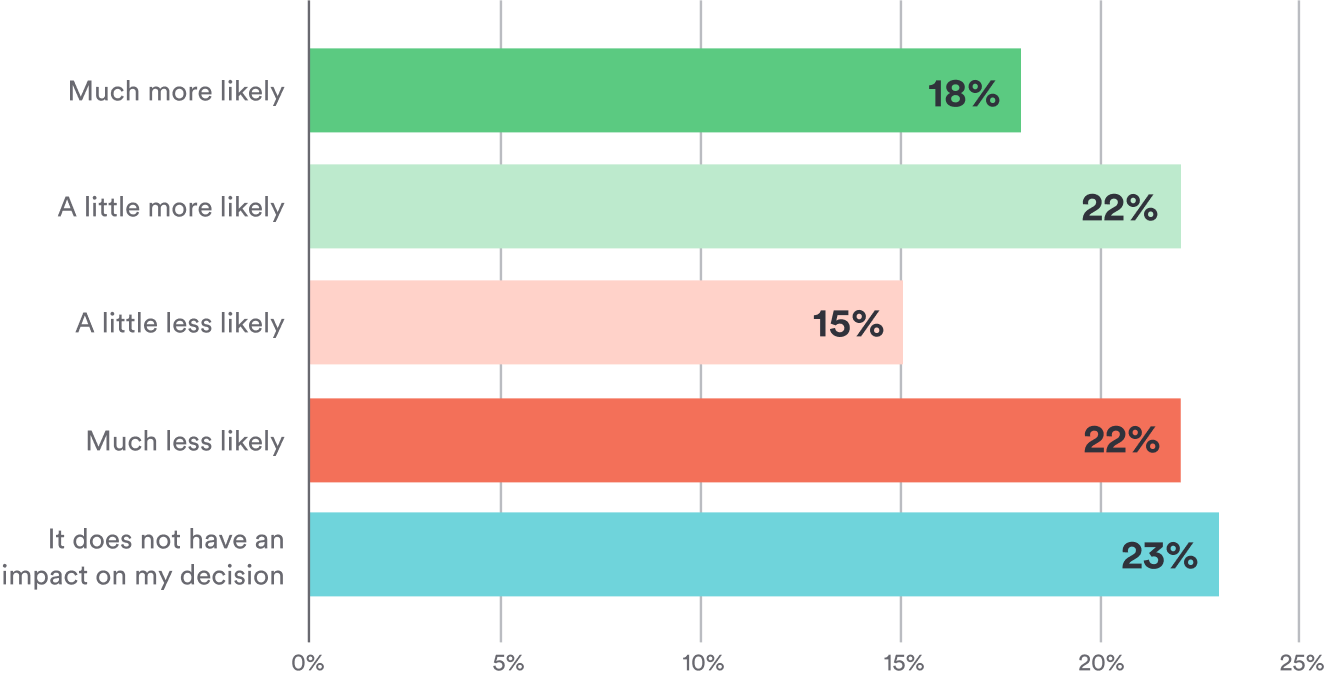
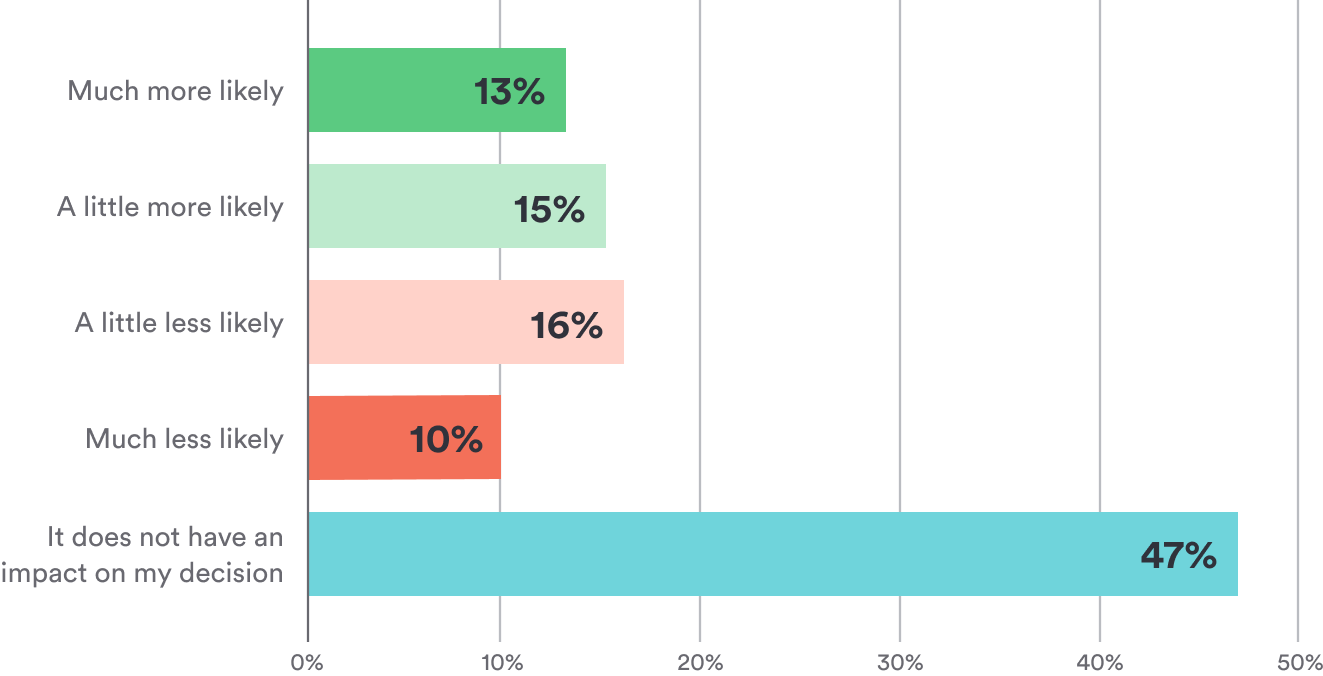
Automated prompts are OK when tips are expected
Diners welcome automated tip prompts in places they expect to tip. In businesses where they don’t expect to tip, the prompts feel overly demanding.
At these businesses, do you agree with having an automated tip prompt?
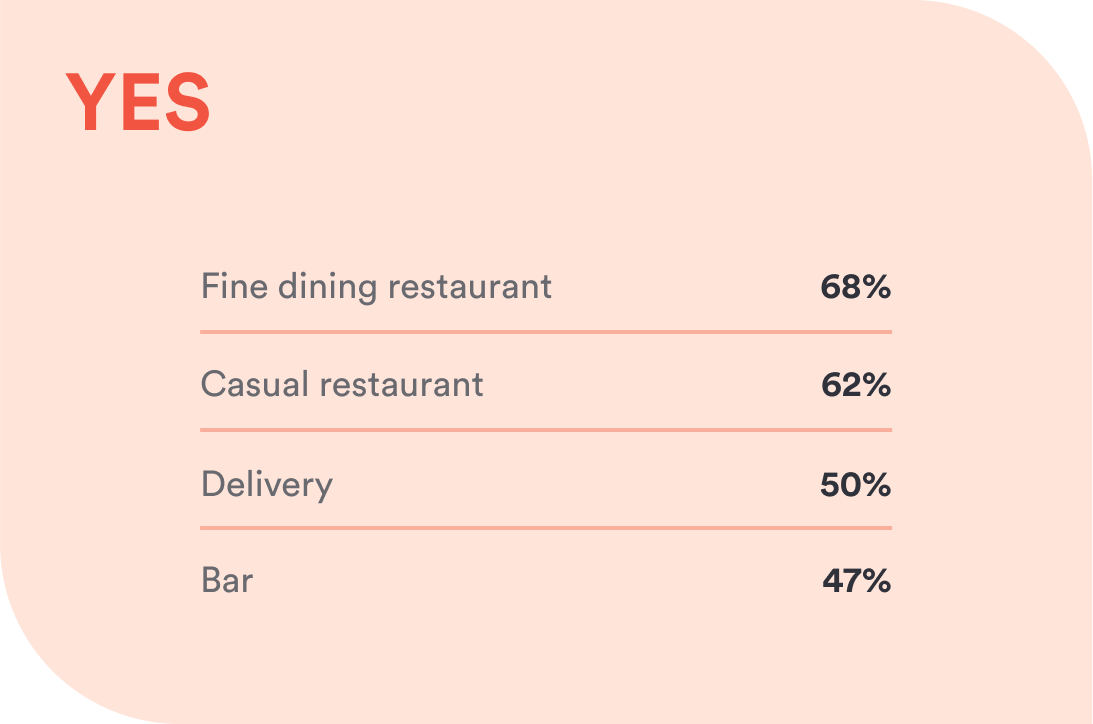 |  |
What do you like or dislike about automated tip prompts?
 | 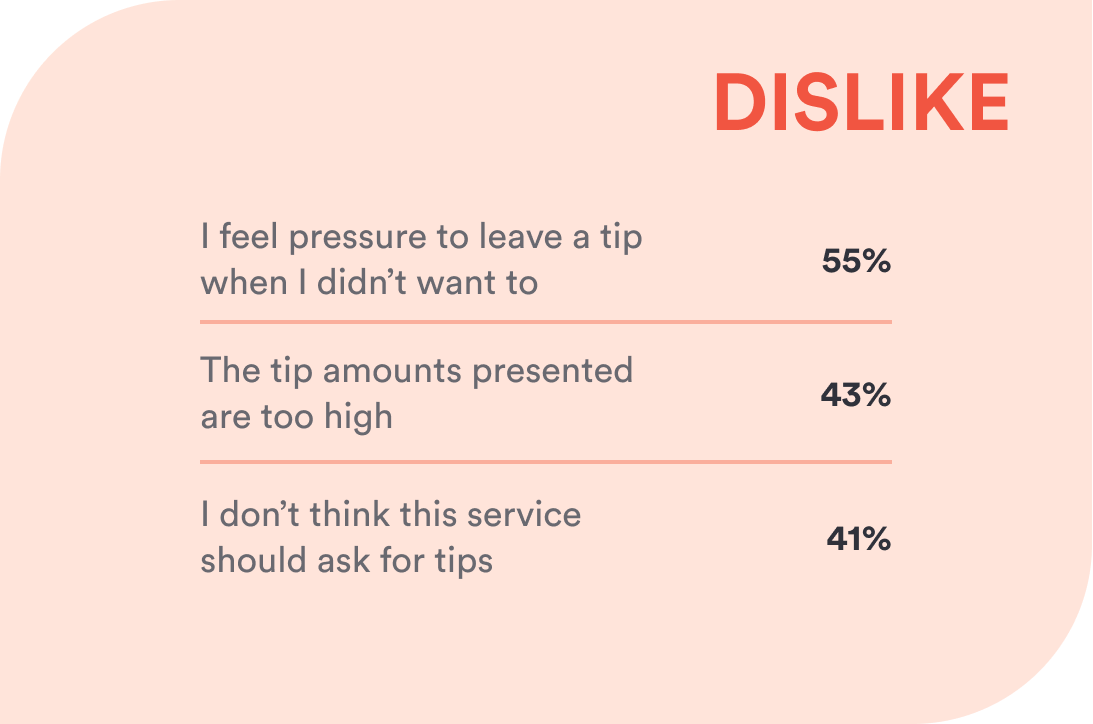 |
Automatic gratuities take away too much control
Only 40% of diners would be more likely to support a restaurant automatically adding gratuity (above) even though a majority think it guarantees better pay. Meanwhile, 54% of diners say they’d like to retain the ability to tip more if they want to.
Diners want employees to earn a living wage. They just want to be the ones to decide to offer it.
“Automatic gratuity guarantees adequate pay for employees.” | “Even with automatic gratuity, I would still like the option to leave an additional tip.” |
Demographic Breakout: When You’ve Worked For Tips
The 44% of our surveyed diners who have worked for tips in the past actually had more pro-tipping sentiment than their counterparts. People with tipped experience both felt the impact of tipping on service was higher and wanted to see it in more places.

“This service deserves a tip…”
What factors into a tip?
 | Full Service DiningBoth fine dining and casual restaurants profiled similarly: 51% of diners tip based on the quality of service, with 40% simply paying whatever they feel is the customary amount. |
 | Food DeliveryDelivery leads all categories as being determined by “whatever I believe is the customary amount,” with 39% of customers deciding tips that way. |
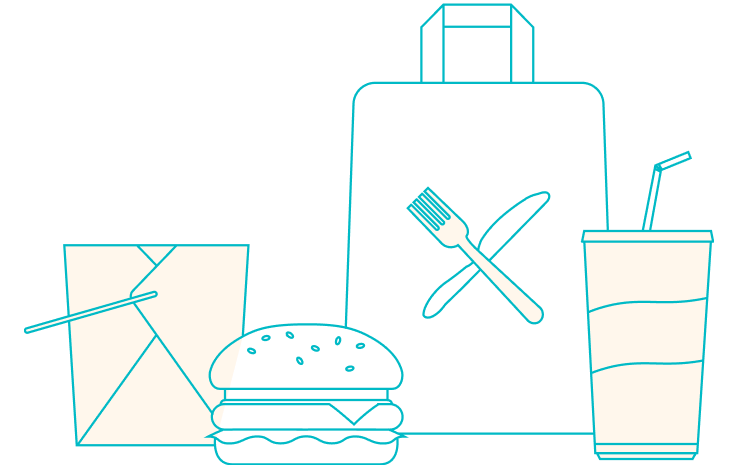 | Fast CasualThis segment is the most likely to have tips determined by “whatever’s on the bill or screen,” with 18% of diners tipping this way. Still, 38% tip based on the quality of service. |
 | Drinks at a BarThe most commonly-tipped service next to full-service dining, 43% of these tips are determined by the quality of service and 38% by “Whatever the customary amount is.” |
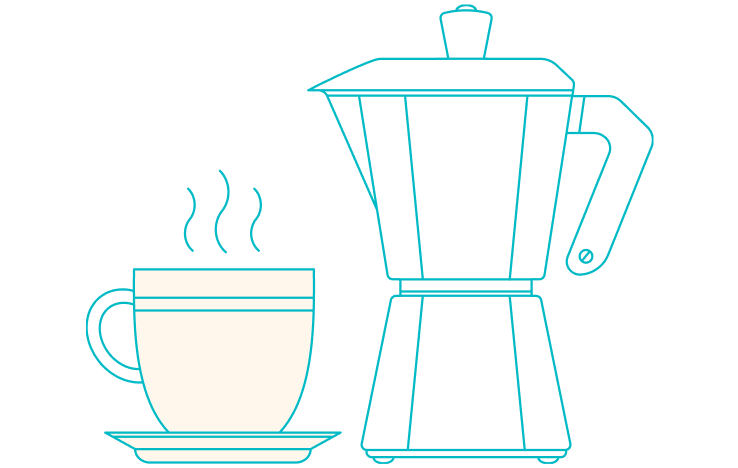 | Coffee at a CaféCafés, as the least-tipped service, led all businesses in being places where customers tipped whatever they could afford, with 37% reporting that as their method of choice. |


